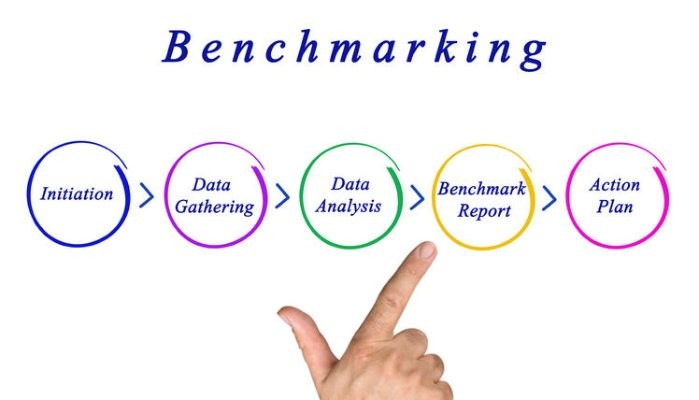Complex, long term contracts require some mechanism to determine whether prices, over time, are competitive with the market. This is especially true in the IT field where technology and prices tend to change rapidly. Benchmarking clauses allow customers the opportunity to ensure their prices really do remain competitive over time.
In order to make sure you have an effective benchmarking clause which is fair to both parties and satisfies the objective of having the clause, below are the top 10 essential elements.
- Commencement: State the earliest time period the benchmarking can take place. For example, no earlier than the second year of the contract term.
- Frequency: State the allowable frequency of a benchmarking exercise. Since a benchmarking is time consuming, costly and often complex, you will want to make the time between each benchmarking no more frequent than is necessary to determine substantial price differentials. For example, no more frequently than once every year or every two years during the contract term.
- Payment: Determine which party or parties pay for the benchmarking. This is typically paid by the customer or sometimes the parties will split the cost.
- Benchmarker Selection: Identify a list of approved benchmarkers from which a selection can be made. You may also want to provide flexibility to identify any other benchmarker at any time with mutual agreement.
- Services. Identify whether all of the services will need to be benchmarked or whether specific services contained in the contract can be individually benchmarked.
- Factors: Identify all factors being compared, other than the prices. All of these factors are determinants of a supplier’s costs which then translate into the customer’s price. These factors may include: volumes and scope of the services, service levels and associated metrics, whether transition charges are paid by the customer up front or amortized over the term of the contract, whether assets were purchased by the supplier at the outset of the contract or will be purchased during the term of the contract, whether service taxes are included or separately paid, geographic scope, who bears the cost of technology change.
- Process. Make a statement that prior to the commencement of a benchmarking exercise, the benchmarker will provide the process they are intending to use to both parties to review and comment. The process should state the factors being considered in the benchmarking, the age of the comparison data used, the type of competitors that will be used and the number of samples that will be used in the benchmarking comparison.
- General. Identify general requirements that the benchmarker will sign a non-disclosure agreement and that the benchmarking will not disrupt the services being performed by the supplier.
- Parameters for Adjustment. Set the parameters or standards under which price adjustments will be undertaken. For example, if the benchmarking report reveals that contract prices are greater than the lowest 25% of the benchmarked prices, the prices will be adjusted. Simply stating that if the benchmark determines prices are lower in the market, the prices will be adjusted accordingly leaves the adjustment widely open to interpretation. Would the prices be adjusted if the price differential is $1 or some greater amount? The cost of price adjustments and negotiations will far outweigh the benefit intended in a benchmarking exercise if the parameters are left open to interpretation or are unreasonable.
- Results. Identify what will happen when the results of the benchmarking are presented. Determine if the prices alone will be adjusted in the event of an unfavorable variance, or adjustments to other components such as the service scope or service levels. It is advisable to state that the results of the benchmarking are final and not subject to negotiation. In the event of a disagreement, the matter should be referred to dispute resolution. Termination by the customer or either party could also be an outcome in the event of a serious, unresolvable result and disagreement. There is often a statement that there will be no upward adjustment as a result of any benchmarking.
It is important to take into consideration all of the above items when crafting the benchmarking clause. This will ensure your clause will be effective and achieve the intended results of keeping the prices in long term contracts competitive with the market, preventing adversarial relations and avoiding frequent contract renegotiation.
Feel free to join into the discussion and provide your thoughts around the essential elements of a benchmarking clause.



